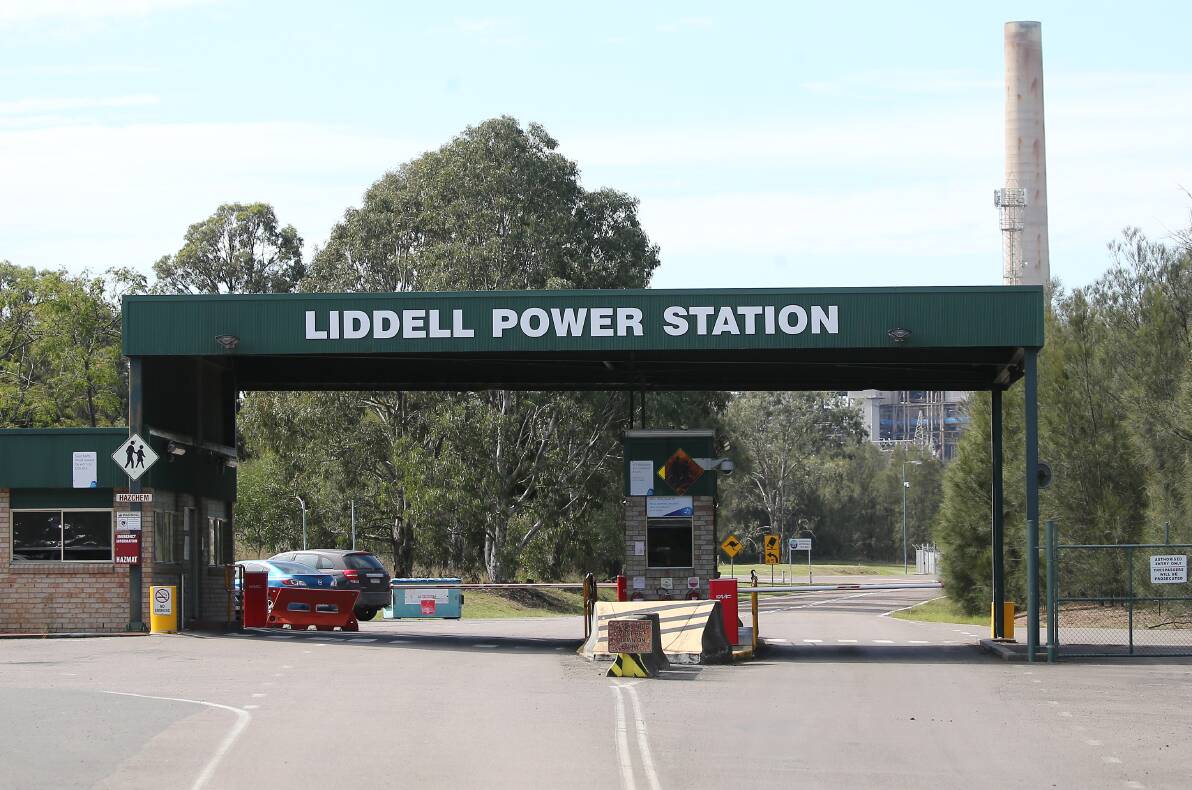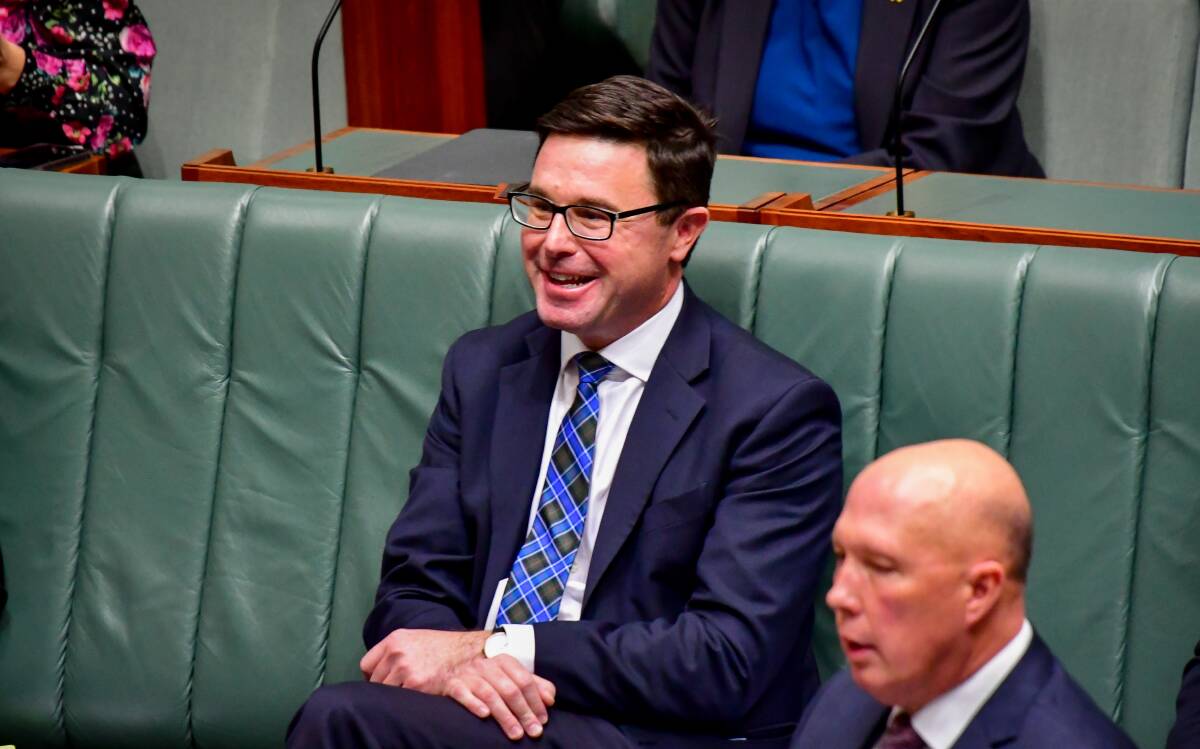
The National Party has proposed creating a small-scale nuclear power plant on the site of Liddell Power Station as part of a plan to guarantee national energy security and create new jobs.
Party leader David Littleproud, who cited the successful integration of nuclear energy in Europe and the United States, will unveil the plan outside the plant on the last day of its operation on Friday.
"It's time to have a constructive, honest and mature conversation about the long-term solutions such as the emerging small modular nuclear reactors," Mr Littleproud said.
"We can target zero emissions and have clean, reliable energy while still being able to afford power and keep warm in winter."
Supporters of nuclear power have previously identified Liddell as a potential hub in an east coast nuclear energy network.

The Nuclear for Climate Australia group last year identified the Upper Hunter among a host of sites including Portland in Victoria, Lithgow, Gladstone, Rockhampton and Townsville that could form the backbone of a future nuclear-powered grid.
National's Lyne MP David Gillespie said the proximity of Liddell and Eraring to the existing power grid made them ideal locations for small modular nuclear reactors.
"These sites plug straight into the existing power grid, eliminating the need, as Labor's plan does, to build a whole new grid, which includes tens of thousands of kilometres of new power lines," Dr Gillespie said.
"They will also generate carbon-free clean energy and provide NSW and Australia with affordable and reliable 24/7 baseload power."
Hunter-based Nationals Senator Ross Cadell said nuclear was often left out of the "clean energy" conversation despite it being the second largest source of low-carbon electricity in the world, behind hydropower.

"The Achilles heel of wind and solar is the provision of adequate storage, at a reasonable cost, of power not needed in the middle of the day, but needed when the sun is not shining and/or the wind is not blowing," Senator Cadell said.
"When you rank the cost of various energy sources, power from SMR is the cheapest to operate.
"Transitioning these current energy generation sites will ensure comparable employment for our local workers and protects our agricultural and natural environment from wind, solar and high voltage power lines.
Australia hosts 33 per cent of the world's uranium deposits and is the third largest producer of uranium after Kazakhstan and Canada.
Opponents of nuclear energy in Australia cite concerns about the health and environmental risks associated with the energy technology.
They also argue the costs of building and operating nuclear in Australia remain prohibitively high compared to renewable energy.
To see more stories and read today's paper download the Newcastle Herald news app here.







